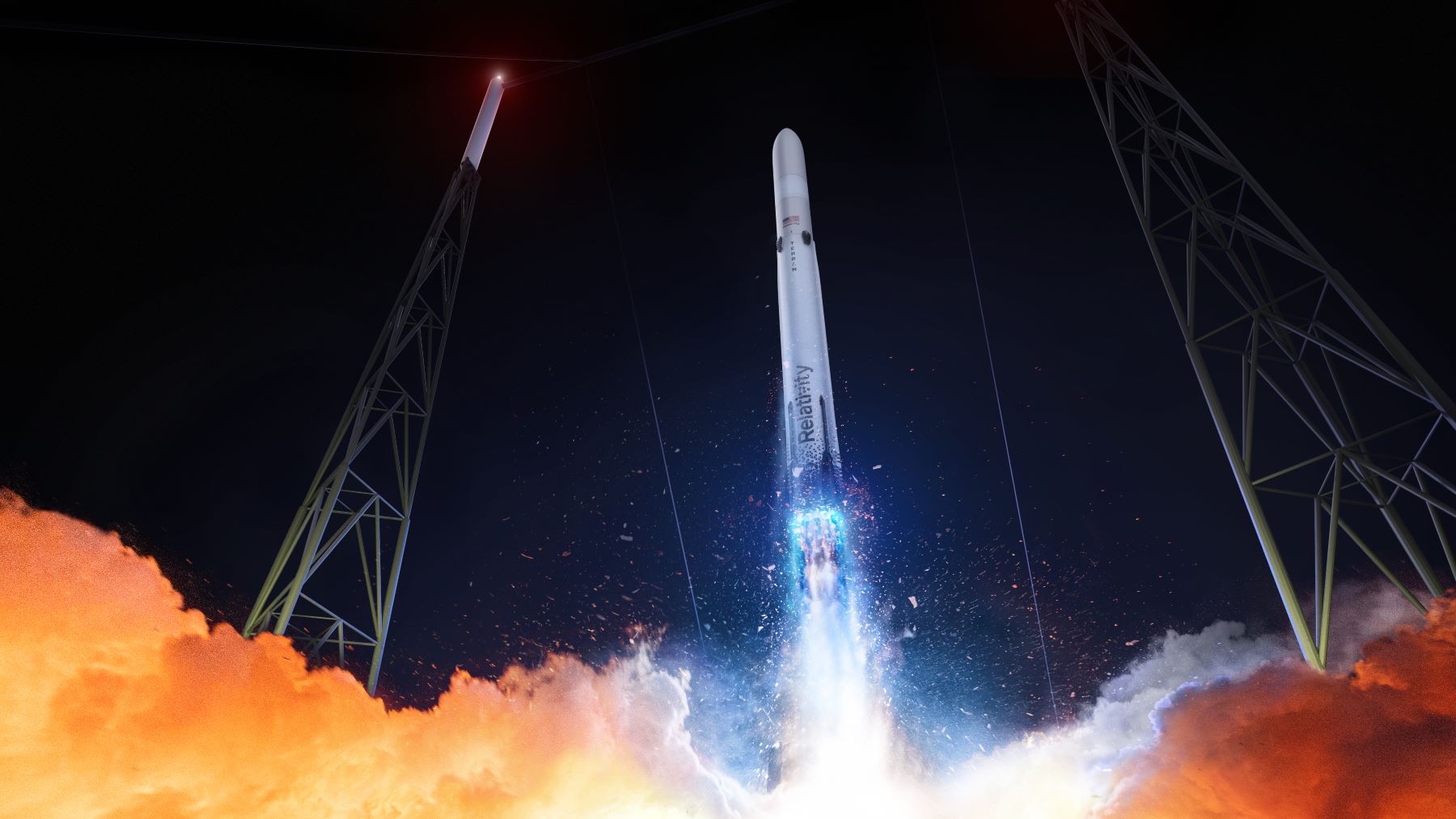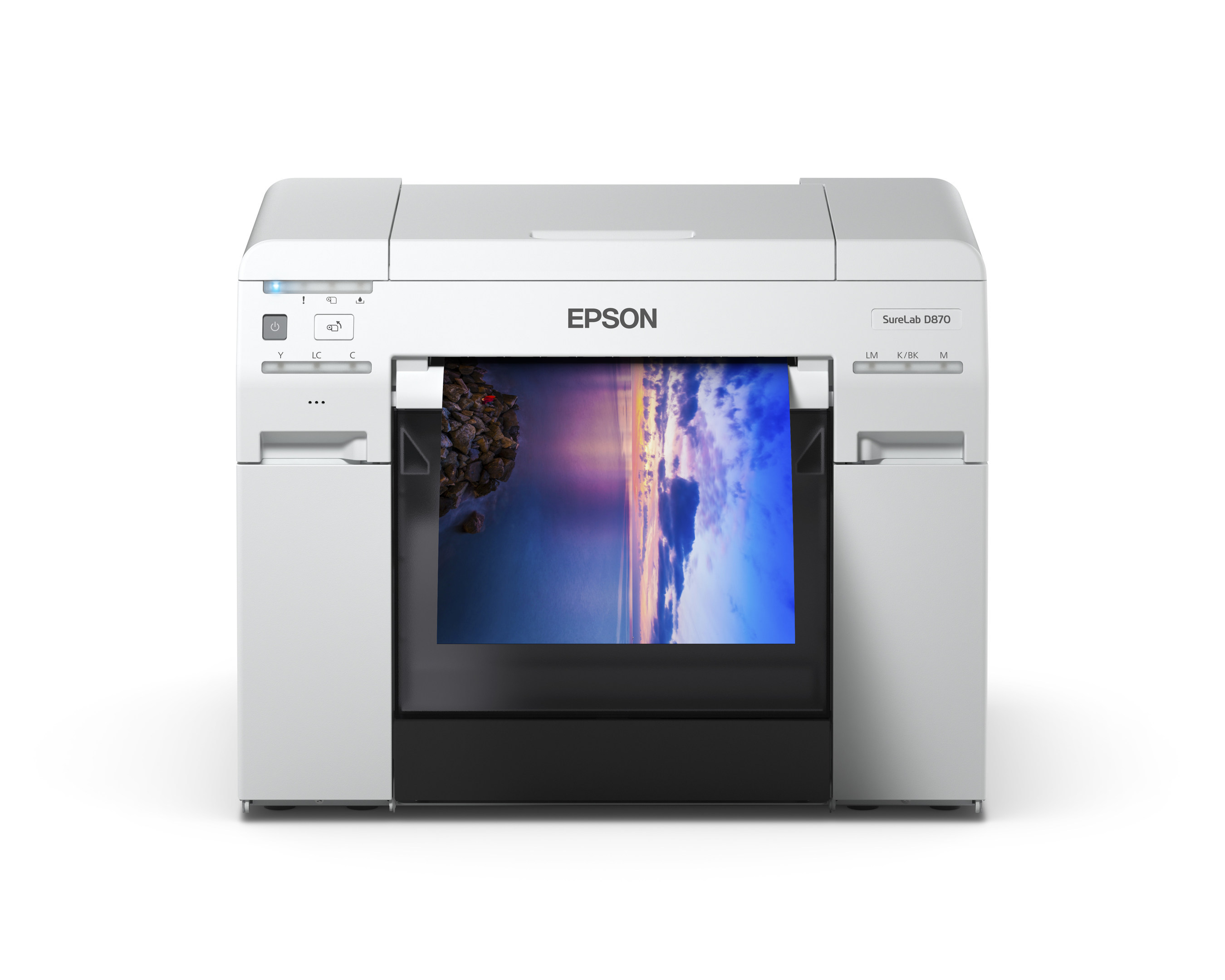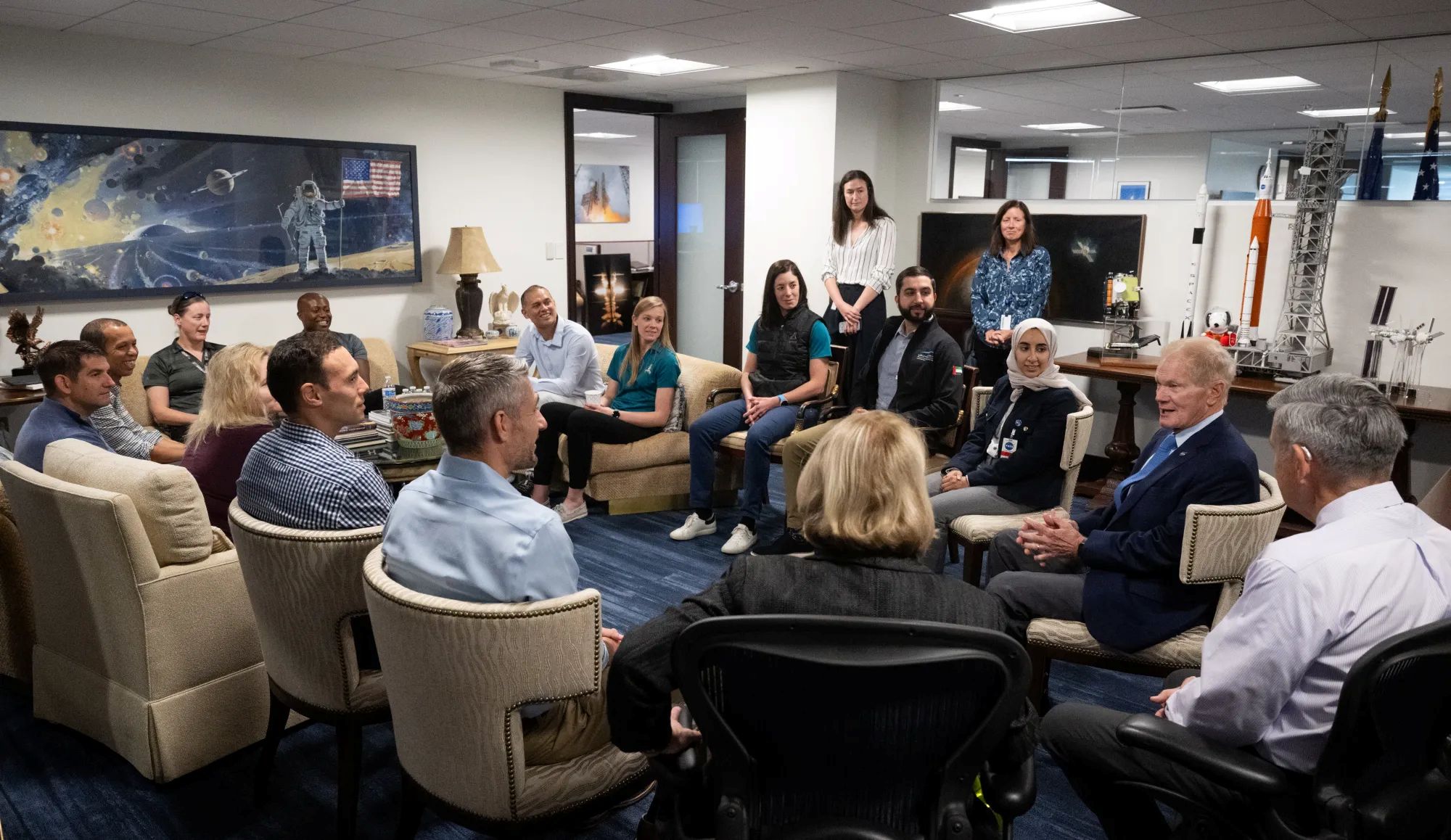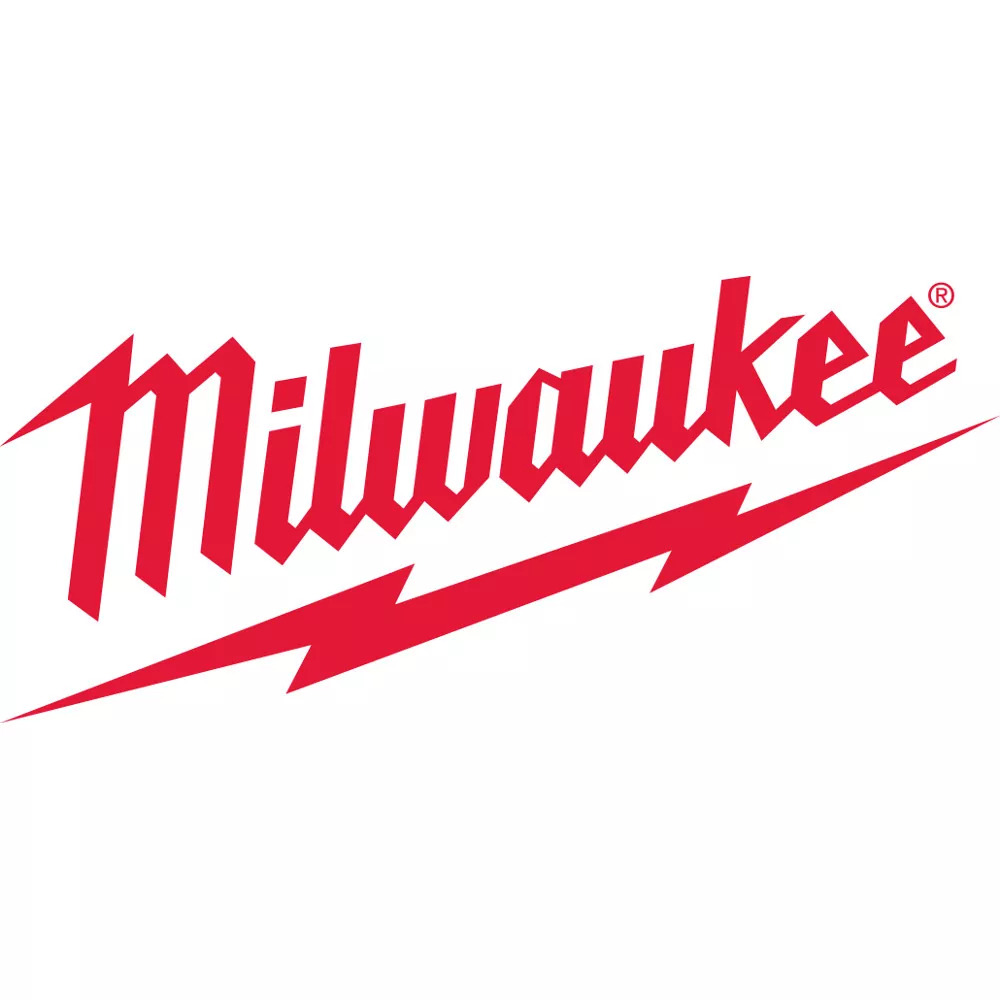Relativity Space Shares Updated Go-to-Market Approach for Terran R, Taking Aim at Medium-to-Heavy Payload Category with Next-Generation Rocket

–Relativity Space, the first company to 3D print rockets and build the largest metal 3D printers in the world, today revealed plans for Terran R, its reusable, 3D printed, medium-to-heavy lift orbital launch vehicle. Building on over seven years of Relativity Space’s experience, learnings, and momentum gathered through its Terran 1 program – the world’s first 3D printed rocket to fly and reach space – Relativity is accelerating the company’s focus on Terran R to meet significant and growing market demand. Terran R also represents a large leap towards Relativity’s mission to build humanity’s multiplanetary future, eventually offering customers a point-to-point space freighter capable of missions from the Earth to the Moon, Mars, and beyond.
“Our first chapter as a company was to prove to the world 3D printed rockets were viable. We just did that with Terran 1. Our second chapter is to build the next great launch company with Terran R”Tweet this
Terran R Architecture
As a two-stage, 270-foot-tall rocket with an 18-foot diameter and a 5-meter payload fairing, Terran R is a customer-centric next-generation launch vehicle designed to meet the needs of commercial companies and government entities sending payloads into LEO, MEO, GEO, and beyond. Terran R’s architecture choices enable accelerated development and the ability to deliver a rapidly scaling launch cadence for customers. Terran R will prioritize first stage reusability, with the capability of launching 23,500kg to Low Earth Orbit (LEO) or 5,500kg to a Geosynchronous Transfer Orbit (GTO), both with downrange landing, or up to a maximum payload of 33,500kg to LEO in expendable configuration. Horizontal integration to the vehicle will be supported through a standard Payload Attach Fitting (PAF) interface, with payload integration configurations available for clusters of constellation satellites, single large satellites, or other unique spacecraft. Starting in 2026, Terran R will launch from Space Launch Complex 16, the company’s orbital launch site at Cape Canaveral, Florida.
Designed for rapid reusability and development iteration speed, Terran R is a 3D printed rocket, with initial versions using aluminum alloy tank straight-section barrels in a hybrid manufacturing approach, which allows Relativity to meet the rapid launch and ramp rate timelines necessary to serve overwhelming market demand, including servicing Relativity’s signed customer backlog of $1.65B in Launch Service Agreements (LSAs) and additional several billion dollars in active customer LSA dialogue. Each Terran R requires approximately 6 times more 3D printing by mass than Terran 1. 3D printing technology for Terran R is strategically used to reduce vehicle complexity and improve manufacturability, with continued company focus on redefining what is possible with large scale additive manufacturing after successfully proving the viability of 3D printed rockets with Terran 1. Initially, Terran R will use the same proprietary printed aluminum alloy as flown on Terran 1 with a focus on supply chain scaling. However, a third-generation aluminum alloy, designed for improved performance of an orbital vehicle mission life beyond 20 reusable flights, is in active development, which is accelerated by the aid of artificial intelligence-based alloy discovery tools.
Terran R’s first stage will be outfitted with 13 3D-printed gas generator cycle Aeon R LOx/Methane rocket engines each capable of 258,000 lb. sea level thrust, while its second stage houses a single LOx/Methane Aeon Vac engine with 279,000 lb. vacuum thrust. These engines benefit from Relativity’s advanced experience developing gas generator engines and vehicle stages with the oxygen/methane propellant combination. The engine composition on the first stage is comprised of four outer fixed engines aligned underneath four landing legs, and nine center gimbaled engines, providing enhanced reliability on vehicle ascent with engine-out capability. On both Terran R stages, the LOx propellant tanks are forward of the methane tanks, separated by a printed common dome. Subcooled cryogenic propellants are used on all parts of the vehicle except for the first stage liquid oxygen system, where subcooling is not necessary to meet performance goals. Both stages use a cryogenic helium pressurization system to enable better press authority when engines are not turned on by reducing ullage collapse. The vehicle also features an in-house developed pneumatic pusher stage separation system.
Terran R features two near body-length aero strakes, four unique slider-mechanism landing legs, and four printed actuating grid fins. These features optimize first stage reusability, enabling rapidly scaled launch cadence for customers together with greater payload to orbit and lower costs versus other reusable architectures. Terran R’s innovative first stage architecture allows for a high angle of attack reentry which reduces propellant required for reentry burns, aerodynamic design for better reentry stability and improved control authority, and a passively actuated landing leg deployment system which is elegantly simple, lightweight, and highly operable for rapid reuse. An 18-foot vehicle diameter also aids vehicle stability with lower requirements on landing legs. Terran R will have an electromechanical actuator (EMA)-based engine thrust vector control (TVC) system, and also use EMAs for grid fin control, in addition to in-house developed avionics and flight software. Additionally, the vehicle features a reentry heat shield on the aft end designed for rapid reusability.
Aeon R Engine Design
Terran R’s 3D printed Aeon R engines are designed to use liquid oxygen and liquid methane propellants, be highly reusable, and feature a uniquely high-pressure gas generator cycle driving two turbopumps. Designed and manufactured in-house by Relativity, Aeon R engines are produced with significant advancements in additive manufacturing technology, building on the development of the company’s prior engine, Aeon 1. These new 3D printing capabilities enable the scale required for the higher thrust-class Aeon R engine, continuing to drive part count reductions by designing and printing singular “nodes of simplicity,” streamlining many engine elements into unified prints. This innovative design approach supports lowered costs, lowered engine complexity, greater robustness, rapid iteration, and the speed and scale of production required to serve customers.
Already a focus of significant development and testing efforts for the last two years, Aeon R benefits from the heritage of its smaller predecessor, Aeon 1, which is used onboard Relativity’s Terran 1 rocket. Migrating many of the same thoughtful propulsion system architecture decisions from Aeon 1 to Aeon R has unlocked a high rate of iterative design and fast-tracked much of the Aeon R test program. Since mid-2022, Relativity has been underway testing all Aeon R combustion devices at NASA Stennis Space Center – including the main Thrust Chamber Assembly (TCA), gas generator (GG), and gas-gas ignition system – at full scale and 100% power with high combustion efficiency. All engine active valves are developed in-house, with all valves produced, successfully actuated, and in development testing. In February 2023, the company completed its first full build of an Aeon R engine, and turbopump testing will begin in the coming months ahead of full engine testing this year.
Designed for Reusability from Day One
From day one, Terran R was intentionally designed for reusability. The company intends to design major parts of the vehicle for 20 reuses right away, with strategic development of reusability criteria and rapid learning from flight data to continuously improve through successive vehicle block upgrades. Focusing on our customer’s needs for urgent, disruptive, relevant, and diversified launch supply in the medium-to-heavy payload market, we chose to prioritize optimizing for first stage reuse initially. Each early flight of Terran R will seek to deliver customer payloads to orbit reliably. Then, after vehicle ascent, Max-Q, MECO, stage separation, and second stage ignition – with the customer payload well on its way to orbit – the first stage will begin its entry, landing, and reuse journey.
First Stage Reuse Process
Shortly after stage separation, the first stage of Terran R will perform a slow flip maneuver using its cold gas Reaction Control System (RCS). Grid fins deploy, followed by igniting engines to complete entry burns, slowing velocity and reducing peak loads and heating. Vehicle aerosurfaces and strakes are uniquely designed to enable high angle of attack on entry. This reduces the payload penalty for reuse with less propellent used on entry burns. Additionally, unique aerodynamic features result in a more stable entry profile with controlled flow separation around the vehicle. Terran R is designed for atmospheric entry with grid fin control. The vehicle will then ignite engines for a landing burn and command the leg slider mechanism to open, which will then passively deploy with the aid of aerodynamics. The first stage will then touchdown on a downrange ship in the ocean. Once the first stage has completed its reentry, it will go for inspection, refurbishment, and recertification for its next flight from Cape Canaveral.
Meeting Market Demand
Relativity is a customer-centric rocket company that is approaching Terran R design and production directly targeted on meeting current, and future, launch service market demand. Terran R is intended to offer a compelling alternative to current market offerings and to become a top choice for customers seeking reliable and cost-effective medium-to-heavy lift payload launch services. As a testament to its commercial viability, Relativity currently has Launch Service Agreements (LSAs) that amount to more than $1.65 billion across seven customers, indicating clear market leadership and strong belief in Terran R’s ability to solve customer needs.
With satellite technology advancements, demand for bandwidth soaring, and satellite constellations representing the largest part of the growing launch market with a Total Addressable Market of over $30B/year by 2030, Terran R was developed to accommodate the growing demand for large constellation launch services. With a payload fairing that offers the right market fit to meet a variety of needs, Terran R supports use cases from dedicated payload deployments of constellation customers or single geosynchronous satellites to rideshare configurations for multiple customers per launch.
Building Terran R’s Infrastructure
Terran R’s production homebase will be in Long Beach, CA, at Relativity’s one million square foot headquarters which is home to its fourth-generation Stargate 3D metal printers. At production run rate from this single factory, the company estimates its ability to initially produce and fly more than 45 Terran Rs annually, with adaptive software-driven production infrastructure able to build more or less first or second stage components based on reuse rate and customer demand over time. Stage and engine testing for Terran R will take place at Relativity’s test facilities, located at NASA Stennis Space Center in Mississippi. Announced in October 2022, Relativity is actively building out additional new test stands and infrastructure on a more than 150-acre expansion to support a high volume of Terran R testing as vehicle production and launch cadence increases. The completion of a new dual-bay vertical engine test stand is expected by Fall 2023, in addition to the multiple test areas at each of Relativity’s E2 and E4 sites repurposed from Terran 1 development. Leveraging Space Launch Complex 16, Relativity’s current orbital launch site at Space Force Base in Cape Canaveral, FL, the company plans to build a secondary launch pad adjacent to its existing Terran 1 test and launch facilities. After completion of production and initial structural proto-qualification testing in Long Beach, Terran R vehicles will travel by sea through the Panama Canal to Mississippi for testing and then Florida for launch. Reused boosters will stay in Florida and be rapidly refurbished for additional launches.
Quotes
“Our first chapter as a company was to prove to the world 3D printed rockets were viable. We just did that with Terran 1. Our second chapter is to build the next great launch company with Terran R,” said Relativity Space co-founder and CEO Tim Ellis. “Terran R is the most customer-centric next-generation launch vehicle. It is not a conventional rocket. This is a new breed of launch vehicle with the right payload performance, reliability, focus on speed of development, optimized reusability, focus on scalability of launch ramp rate, and ultimately cost reduction baked into the architecture design and our program plans from day one,” said Ellis. “Terran 1 was like a concept car, redefining the boundaries of what is possible by developing many valuable brand-new technologies well ahead of their time. Terran R is the mass-market, huge demand product that will be amazing precisely because it brings those ‘concept car’ developments into full maturity, enabling Relativity to become a disruptive, diversified provider in solving the glaring medium-to-heavy lift launch market gap for customers with a new vehicle faster than previously possible.”
“The entire Iridium team congratulates Relativity on a historic first launch, proving the viability of 3D printed rockets. As Iridium knows, being successful in space takes hard work, innovation and perseverance. We applaud their transition now to completing Terran R, which is better aligned with industry’s anticipated future launch requirements. We look forward to seeing Relativity’s continued success and the new possibilities they are bringing to the industry as a whole,” said Iridium CEO Matt Desch.
“We are thrilled to see the progress made by our friends at Relativity. At OneWeb, we place a premium on innovation and are excited to work with a partner who shares those values. We can’t wait to see them push on to the next evolutionary step in bringing the Terran R to market,” said OneWeb Chief Technology Officer Massimiliano Ladovaz.
About Relativity Space
Relativity Space is building humanity’s multiplanetary future. With a long-term vision is to build an industrial base on Mars and upgrade the industrial base on Earth, we are enabling a future where interplanetary life fundamentally expands the possibilities for human experience.
We invented a new approach to design, print, and fly our own rockets, starting with the world’s first 3D printed rocket, Terran 1, and Terran R, our large medium-to-heavy payload launch vehicle designed for reuse. Starting with these orbital class vehicles, Relativity is focused on offering a highly attractive launch service offering, by designing and manufacturing reusable rockets that offer high performance and reliability, while costing less to produce and fly.
As a vertically integrated technology platform, Relativity is at the forefront of an inevitable shift toward software-defined manufacturing. Founded on the premise that additive manufacturing, alongside artificial intelligence and autonomous robotics, will deliver eventual superiority over traditional aerospace manufacturing methods. Relativity is leveraging the best of 3D printing capabilities today, and expanding the potential for what 3D printing will make possible tomorrow. Relativity’s Stargate metal 3D printers enable rapid product iteration, unlocking significant improvements to product development and production.
Relativity Space is an American aerospace company headquartered in Long Beach, CA, with teams located at Cape Canaveral Space Force Station, FL, NASA Stennis Space Center, MS, Seattle, Vandenberg Space Force Base, CA, and Washington D.C.
For more information, please visit relativityspace.com or connect with us on LinkedIn, Twitter, Instagram or YouTube.





